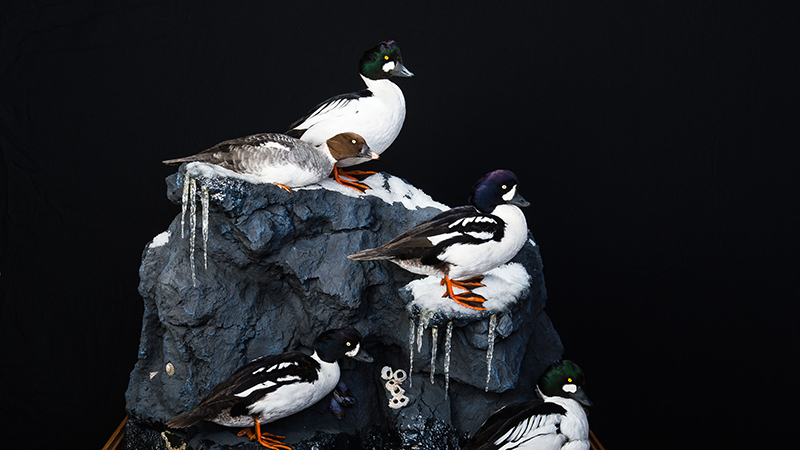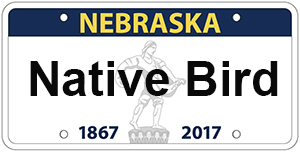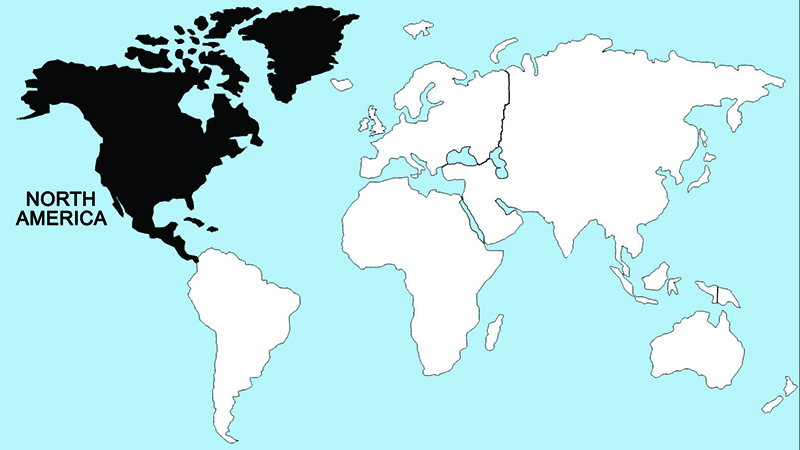Common Goldeneye

The common goldeneye is the most widespread and most common of the Bucephala species, breeding over large areas of the boreal forests of the Northern Hemisphere, and wintering both on coastal waters and larger freshwater lakes and rivers. This species is among the most conspicuous of the diving ducks in many areas, and the nearly all-white body of the male helps to set it apart from most other divers. In breeding plumage, the male has rounded white spots, rather than white crescents, between the eyes and the bill, and a series of black and white diagonal stripes extending back from the shoulders. Females and non-breeding males have chocolate brown heads and mostly gray bodies, and closely resemble Barrow's goldeneyes. The female never has an all-yellow bill, and its head is more triangular. Males of either species often court females of the other, making identification somewhat more difficult, and hybrids sometimes occur.
Courtship in common goldeneyes is marked by an extreme diversity of male displays. Like the other Bucephala species, females prefer nesting in cavities, especially tree cavities where they are available. Such sites are often limited, and competition over suitable sites may lead to multiple use and dump-nesting. The usual clutch-size of a single female is about ten eggs, and incubation averages about 30 days. During the brood-rearing period of about 55–65 days the young of two or more females often become amalgamated, producing rather large assemblages of dependent young.
Regions Birds Are Found


Collection Location & Year
U.S. - South Dakota 1999
Taxonomy
| Order | Anseriformes |
|---|---|
| Family | Anatidae |
| Tribe | Mergini |
| Species | Bucephala |
| Genus | clangula |
Gender
Female & Male
References
- Johnsgard, P. A. 1975a. North American Game Birds of Upland and Shoreline. Lincoln, NE: Univ. of Nebraska Press.
- Johnsgard, P. A. 1978. Ducks, Geese and Swans of the World. Lincoln, NE: Univ. of Nebraska Press.
- Elliot, A., J. del Hoyo, J. Sargatal, and C. Imboden, eds. 1992. Handbook of Birds of the World. Vol. 1 (Ostriches to Ducks). Barcelona, Spain: Lynx Editions.
- Kear, J. 2005. Ducks, Geese and Swans. London, UK: Oxford University Press.